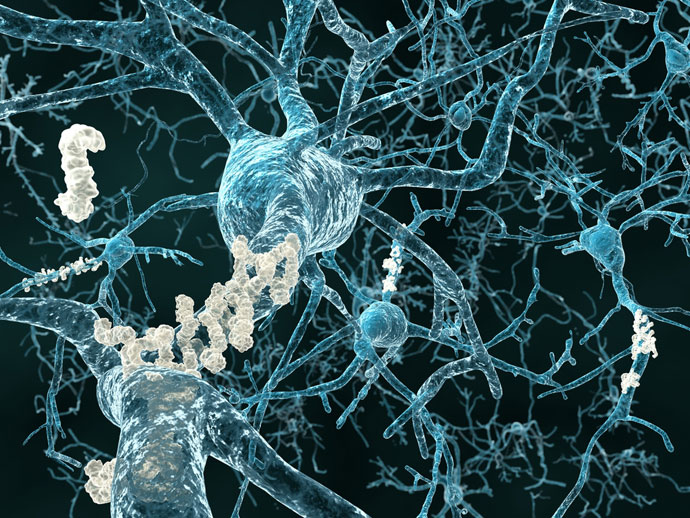New Ultrasound Treatment Could Hold Cure For Alzheimer’s

New research from Australia has been shown to fully reverse the effects of Alzheimer’s disease in mice. Using non-invasive ultrasound technology, researchers from the Queensland Brain Institute have discovered a way to clear the brain of amyloid plaques, which are responsible for the memory loss and cognitive decline in Alzheimer’s patients.
Alzheimer’s is usually the result of the buildup of two types of lesions, according to Science Alert: amyloid plaques and neurofibrillary tangles. Amyloid plaques sit between neurons and create dense clusters of beta amyloid protein that clump together and destroy brain function. So far, no one has found a way to remove this plaque — until now.
The researchers from QBI found that beaming ultrasound waves into the brain tissue caused the blood-brain barrier to gently open up, stimulating the brain’s waste-removing cells (called microglial cells) to move in. Once past the blood-brain barrier, the microglial cells can clear out the toxic clumps of beta amyloid protein before the barrier is restored.
According to the team’s research, published in “Science Translational Medicine,” 75 percent of the Alzheimer’s-afflicted mice treated with ultrasound had their memories fully restored. There was no damage to the surrounding tissue.
The treated mice showed improvement in three tasks, says Science Alert — a maze, a test to get the mice to recognize new objects and a test to get them to remember the places they should avoid.
One of the co-authors of the study, Professor Jürgen Götz, believes the new method could revolutionize Alzheimer’s treatment.
We’re extremely excited by this innovation of treating Alzheimer’s without using drug therapeutics,” he stated in a press release. “The ultrasound waves oscillate tremendously quickly, activating microglial cells that digest and remove the amyloid plaques that destroy brain synapses. The word ‘breakthrough’ is often misused, but in this case I think this really does fundamentally change our understanding of how to treat this disease, and I foresee a great future for this approach.”
Human trials are scheduled for 2017, reports Inquisitr.









































